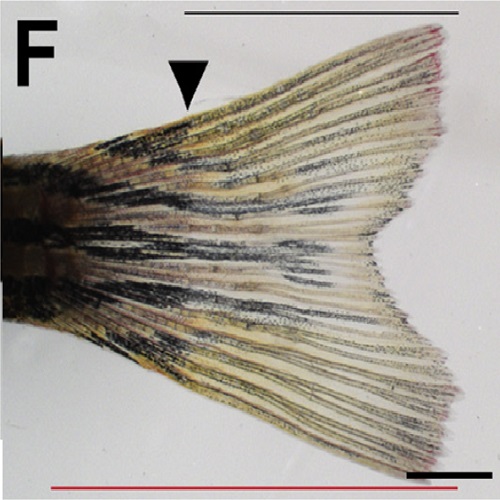Calcineurin regulates coordinated outgrowth of zebrafish regenerating fins.
Vertebrates develop organs and appendages in a proportionally coordinated manner, and animals that regenerate them do so to the same dimensions as the original structures. Coordinated proportional growth involves controlled regulation between allometric and isometric growth programs, but it is unclear what executes this control. We show that calcineurin inhibition results in continued allometric outgrowth of regenerating fins beyond their original dimensions. Calcineurin inhibition also maintains allometric growth of juvenile fins and induces it in adult fins. Furthermore, calcineurin activity is low when the regeneration rate is highest, and its activity increases as the rate decreases. Growth measurements and morphometric analysis of proximodistal asymmetry indicate that calcineurin inhibition shifts fin regeneration from a distal growth program to a proximal program. This shift is associated with the promotion of retinoic acid signaling. Thus, we identified a calcineurin-mediated mechanism that operates as a molecular switch between position-associated isometric and allometric growth programs.
Back to list
